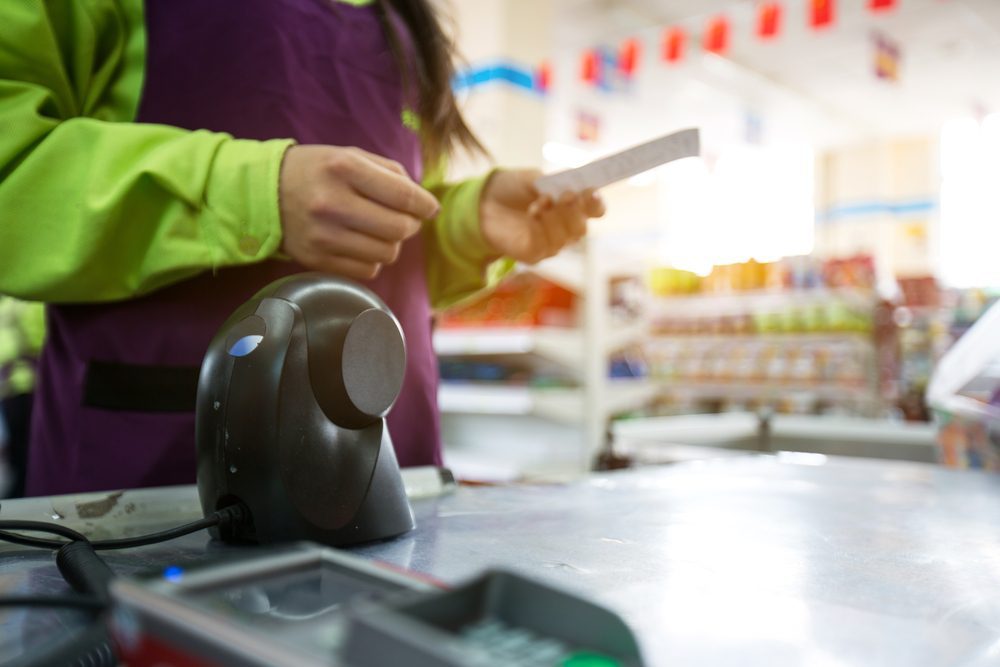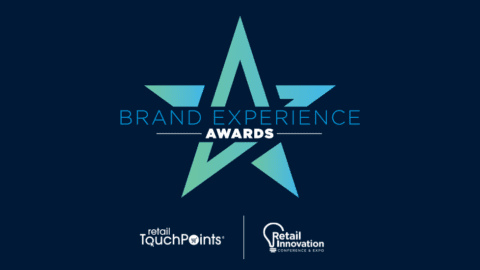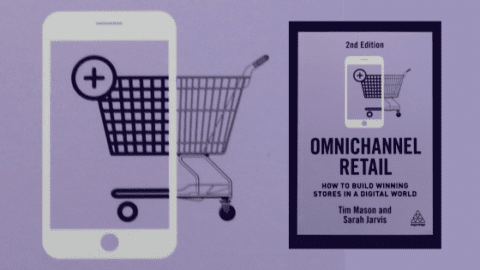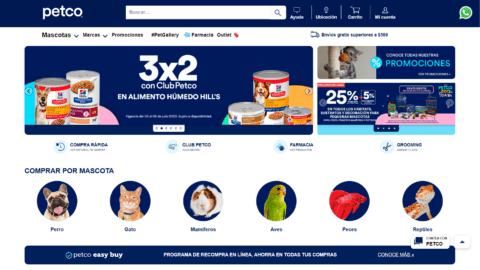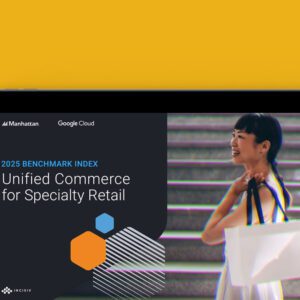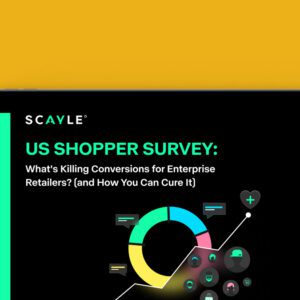Given that “convenience” is literally built into their name, it’s hardly a surprise that as many as 44% of shoppers select a convenience store based on location. However, loyalty programs are now rivaling convenience in influencing shopper choice: the C-Store Shopper Profile 2018 report from Excentus found that 43% visit a convenience store because it offers a loyalty program.
The research found that 51% of customers shop more frequently at stores or chains where they are loyalty program members than at other c-stores. More than one in five, 22%, shop exclusively at that chain. In comparison, only 12% of respondents reported that loyalty programs don’t affect how often they shop at other c-stores.
Jeff Hassman, CMO at Excentus, offered several tips to help retailers get the most out of their loyalty efforts:
- Make your programs easy to understand and explain;
- Incentivize store employees to promote the program; they exert a large influence in spreading awareness and signing up new members;
- Include popular rewards categories such as fuel savings; and
- Personalize offerings to generate more frequent rewards redemptions.
For convenience retailers looking to get their loyalty program off the ground, the key is to make the benefits both understandable and noticeable, according to Hassman. A loyalty pitch that takes too long to explain creates a barrier that can keep potential customers from signing up.
Advertisement
“Loyalty programs continue to proliferate, and you’re really fighting for mindshare among the limited number of loyalty programs any one consumer can engage in at any time,” said Hassman in an interview with Retail TouchPoints. “If you’re launching a new program and you’re engaging your customers, you need to start simple and powerful.”
Enthusiastic Employees Create Loyal Customers
Since 51% of loyalty members are influenced by the program to shop more often, getting them signed up is a valuable endeavor. While 46% of shoppers who don’t enroll in loyalty programs simply don’t shop c-stores often, another 26% are unaware that their preferred store or chain has program — and 18% haven’t signed up because they haven’t been asked to join.
Having knowledgeable, enthusiastic associates who can explain the benefits of a loyalty program without slowing down the transaction makes shoppers more responsive, according to Hassman.
“The best way to get valuable customers who stay with the program is using that personal relationship between a clerk or associate and the shopper,” said Hassman. “You need to make that experience as consistent and powerful as you can, and find simple ways to enroll that don’t disrupt the checkout flow.”
Getting the employees themselves involved with the program can help build both enthusiasm and knowledge. A retailer can use associates to pilot new loyalty features, or add special benefits to the program that apply only to them. This helps develop skilled, loyal employees, which in turn improves overall store execution and drives interest from shoppers beyond what the loyalty program provides.
Fuel Savings Are A Powerful Motivator
Fuel discounts are one of the strongest propositions c-store operators can offer. Hassman noted that shoppers have a stronger reaction to gasoline discounts compared to other purchases. The study found the top motivational factors for interacting with a loyalty program to be:
- Saving on the cost of fuel (21%);
- Earning and redeeming points on fuel and in-store purchases (18%);
- Saving on regularly purchased products (15%);
- Saving on products in the store (15%).
Fuel is part of the top two categories due to being a near-universal need, as well as an item that can be costly even when prices are low. Savings at the pump appeal to as wide an audience as possible, and memberships in loyalty programs that provide fuel discounts have risen by 10% in the past two years, according to Excentus’ The Road to Rewards 2017 report.
Try Personalized Offers To Boost Redemption Frequency
While loyalty programs can attract customers, they don’t always drive frequent conversions. More than one third (35%) of shoppers wait until they have accumulated enough rewards to redeem them for something they truly need or want. Just 16% redeem rewards soon after they earn them. Another 16% of shoppers also redeem rewards frequently, but only for fuel.
Hassman noted that retailers can’t fight how customers use their rewards — some shoppers simply prefer saving up for a free tank of gas rather than getting a few cents discount every week. These customers are more likely to respond to additional benefits, such as gifts or incentives for other purchases, than to deeper discounts on what the loyalty program already covers.
“Those shoppers see that they’re earning, but they’re not seeing any value,” said Hassman. “That’s how they want to engage with the program, but I think there’s still an opportunity for loyalty marketers to do something outside of a points bank to surprise and delight them.”
Customization is at the heart of alternate promotions that drive more frequent conversions. By understanding what shoppers purchase and why, a loyalty program can offer them personalized incentives to make the store the place where they buy their morning coffee and breakfast sandwich, or visit for a snack in the afternoon.
Even when loyalty programs aren’t directly increasing conversion frequency, they do encourage shoppers to engage in other beneficial behavior:
- Scheduling trips to take advantage of rewards-related promotions (21%);
- Switching brands or stopping at a different store to earn more valuable rewards or save more money (16%);
- Spending more money or buying more than originally planned to earn more rewards or save more money (14%); and
- Buying items they wouldn’t normally get at that store or chain because of the rewards (3%).



